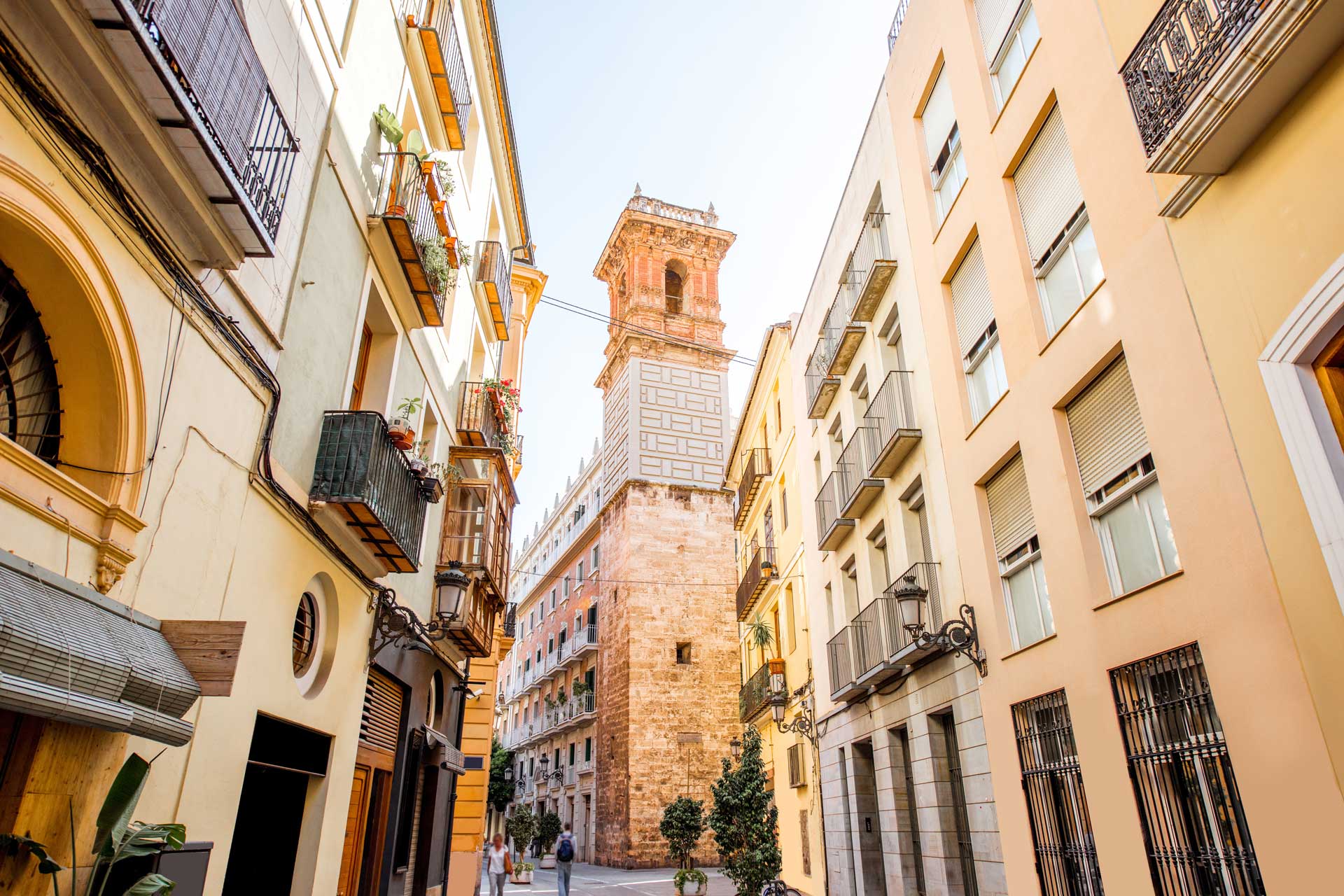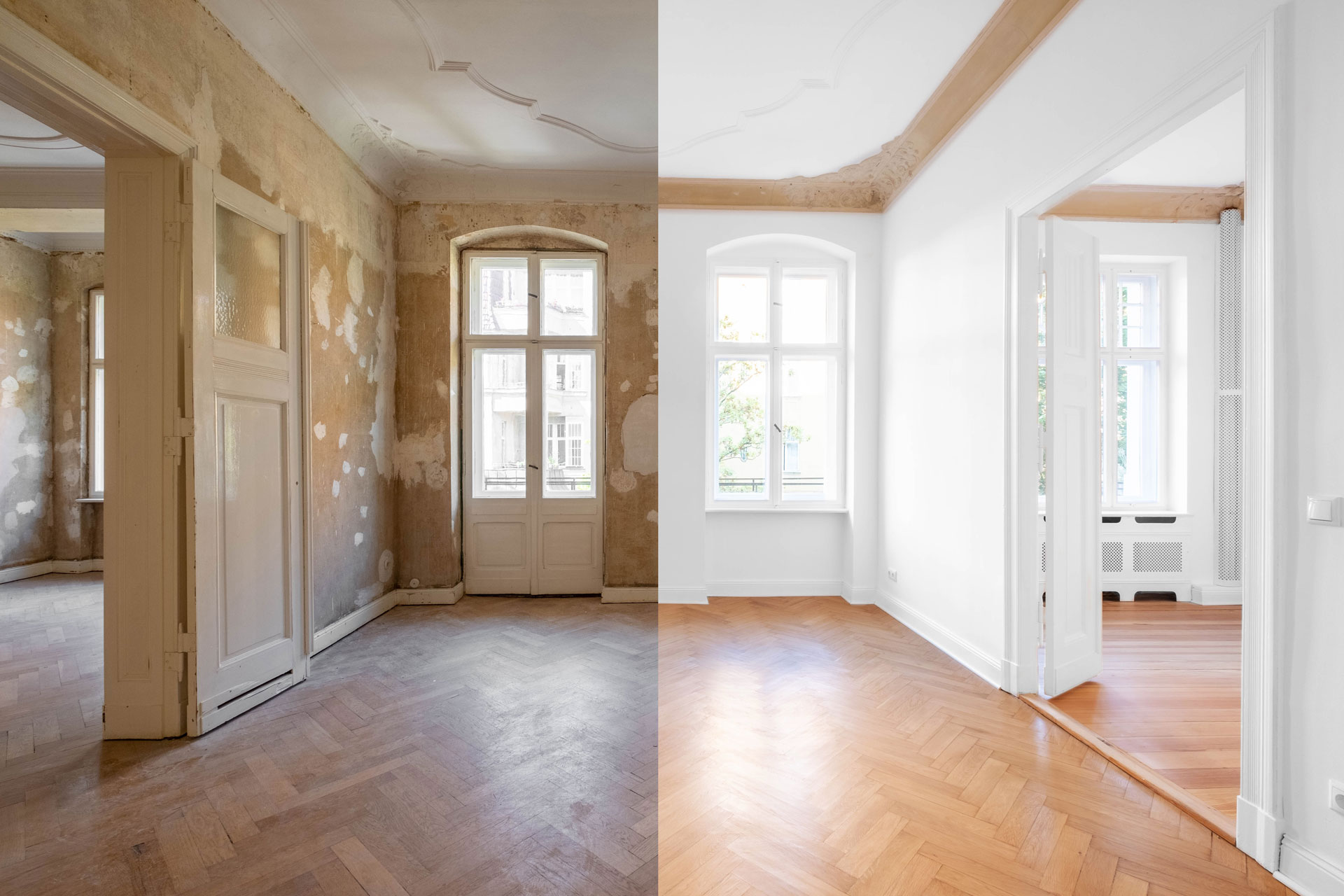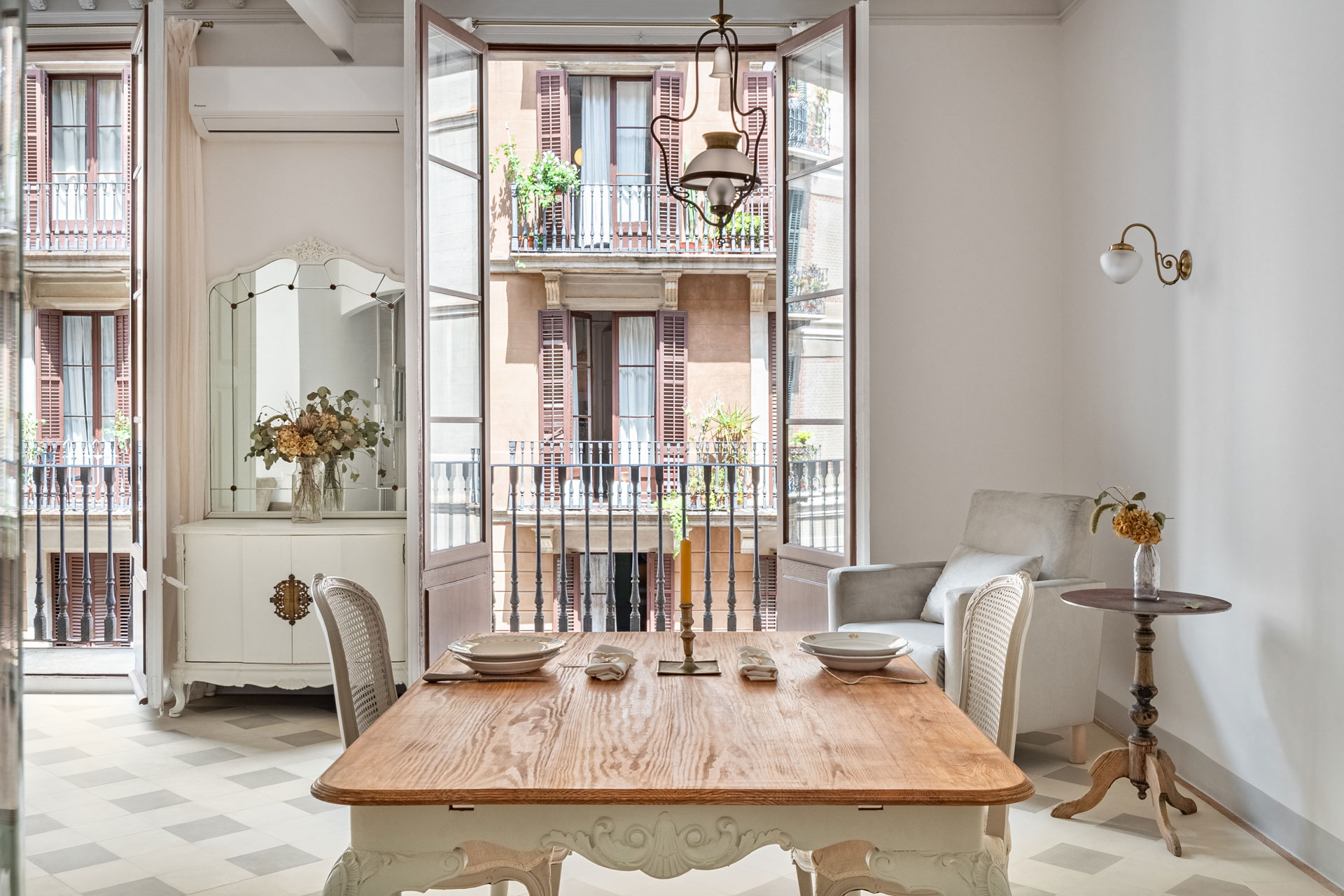For those drawn to cobblestone alleys, medieval towers, and lively plazas, Ciutat Vella offers an immersive experience of daily life wrapped in centuries of history. As the oldest district of Valencia, it captures the city’s evolution from Roman foundations to a dynamic Mediterranean capital.
But living in Ciutat Vella is not just about postcard views. It’s about choosing a lifestyle that blends vibrant street life with architectural heritage, civic institutions, and cultural density. Whether you are a history enthusiast, an artist, a retiree seeking character, or an expat looking to live car-free, Ciutat Vella might be the most authentic choice in the city.
An Overview: The Neighborhoods of Ciutat Vella
Ciutat Vella is made up of six distinct barrios:
- La Seu
- El Carmen
- El Mercat
- El Pilar (Velluters)
- La Xerea
- Sant Francesc
Each brings its own rhythm, housing options, and level of tourism, but all are deeply interconnected by narrow streets, Gothic monuments, and a pace of life that shifts between morning quiet and evening bustle.
La Seu: Monumental and Majestic
Named after Valencia’s Cathedral (La Seu), this neighborhood is arguably the city’s most iconic. Home to landmarks like Plaza de la Virgen, the Basilica, and the Almoina Archaeological Museum, La Seu is steeped in symbolism and civic pride.
Housing and Daily Life
Expect old stone buildings, many from the 18th and 19th centuries, with flats ranging from 60 to 140 m². Interiors vary widely: some are carefully restored with visible beams and tiled floors; others are modest rentals catering to short stays. Living here means dealing with tourists but also with having world heritage sites on your doorstep.
– Pros: Central, historic, near major sites and administrative institutions.
– Cons: Tourist traffic, limited parking, variable property condition.
El Carmen: Bohemian and Ever-Evolving
A long-time favorite among creatives and expats, El Carmen is one of the liveliest corners of Ciutat Vella. With street art, second-hand bookstores, hidden courtyards, and late-night tapas bars, it blends the medieval with the rebellious.
Property Snapshot
Flats are typically 50 to 120 m², and many buildings are centuries old. Expect quirks: exposed bricks, uneven walls, and spiral staircases. Some properties have been renovated into sleek lofts, others remain in need of work. Prices per square meter here vary dramatically, depending on location and condition.
Who Lives Here?
You’ll find young couples, international artists, digital nomads, and long-time Valencians who wouldn’t live anywhere else.
– Pros: Cultural energy, artistic venues, vibrant nightlife.
– Cons: Noise, inconsistent property quality, tourist pressure.
El Mercat: The Everyday Pulse of the Old Town
Named after the Mercado Central, one of Europe’s largest and oldest covered markets, El Mercat is where old-world charm meets daily routine. Every morning, residents walk past Roman ruins and Art Nouveau buildings to shop for fresh fish, local produce, and bread.
Housing and Environment
Apartments here tend to be 60 to 130 m², with high ceilings and balconies facing busy pedestrian streets. Some buildings are protected heritage sites; others are walk-ups from the 1950s or 60s. There’s a dense mix of short-term rentals and local homes.
Lifestyle
Walkability is a huge plus. Cafés, stores, schools, and pharmacies are within minutes, and cultural institutions like La Lonja de la Seda and Teatre Principal add to the district’s charm.
– Pros: Local market culture, great food, well-connected.
– Cons: Limited green space, parking challenges, some overcrowding.
El Pilar (Velluters): A District in Transition
Formerly the silk weavers’ quarter, El Pilar is still called Velluters by locals. It is a neighborhood undergoing urban renewal, with a mix of renovated apartments and more affordable housing than other parts of Ciutat Vella.
Real Estate
Properties here range from 50 to 110 m² and are often more accessible to first-time buyers or renters. Some buildings have been transformed into stylish lofts; others are awaiting restoration. The area has a growing student population and is one of the few places in the historic center where you can still find deals.
Why It Matters
This is a district where traditional and contemporary co-exist. Local associations and cultural centers are active, and infrastructure improvements are slowly changing the landscape.
– Pros: More affordable, up-and-coming vibe, cultural mix.
– Cons: Inconsistent street maintenance, fewer high-end services.
La Xerea: Quiet Corners Near the Center
Tucked between La Seu and the Turia riverbed, La Xerea is perhaps the most discreet of Ciutat Vella’s neighborhoods. It has fewer bars and shops but offers a calm elegance that attracts retirees and professionals looking for a central yet peaceful address.
Living Here
Apartments tend to be 80 to 150 m², in classical or early 20th-century buildings. The area borders Jardines del Real and several embassies, adding to its diplomatic atmosphere.
Community Feel
La Xerea is quiet, walkable, and residential. While amenities are less abundant, everything is a short walk away.
– Pros: Calm, elegant, central.
– Cons: Fewer commercial venues, older housing stock.
Sant Francesc: Commercial Hub and City Center
If Ciutat Vella has a financial and retail center, Sant Francesc is it. This is where you’ll find Plaza del Ayuntamiento, Estació del Nord, and major administrative offices.
Property Overview
Apartments range from 80 to 200 m², with some elegant modernist buildings and many mid-century residential blocks. The area has offices, hotels, shops, and some surprisingly quiet inner courtyards.
Living Conditions
Sant Francesc is ideal for people who want to live in the middle of everything: transport hubs, restaurants, events, and retail. That said, it’s more vertical and dense, with less historic charm than other Ciutat Vella barrios.
– Pros: Best transport connections, urban convenience, centrality.
– Cons: Higher costs, more transient population.
Education in Ciutat Vella: Small Scale, Big Access
Due to its compact layout, Ciutat Vella has relatively few large educational institutions, but several bilingual private schools, music academies, and language institutes are within walking distance.
- Colegio San Vicente Ferrer (Dominicos) offers private education from early years through secondary.
- IES Lluis Vives, just south of Sant Francesc, is one of the most prestigious public schools in the region.
- Numerous language schools (including English and Spanish immersion programs) are based in El Carme and El Mercat.
- Several universities and international campuses (like Berklee Valencia) are just across the river, accessible by foot or bike.
For families, the district’s compact size and access to culture make education part of the everyday walk.
Why Live in Ciutat Vella?
- For history lovers, there’s no substitute: towers, museums, Roman ruins, and Gothic chapels are part of the streetscape.
- For urbanites, it’s Valencia’s most walkable district, with everything from legal services to artisan bakeries within a few blocks.
- For creatives, it offers inspiration at every corner.
- For expats, it means car-free living in a setting that blends tradition with cosmopolitan vibrancy.
Let Livin’Valencia Be Your Guide to the Old City
Whether you’re buying your first flat, renting a pied-à-terre, or investing in a restoration project, Livin’Valencia helps you decode the real Ciutat Vella. We know which buildings have structural reports, which zones have tourist restrictions, and where to find your future home amid centuries of stone.
→ Book a video consultation to explore Ciutat Vella with eyes wide open.




